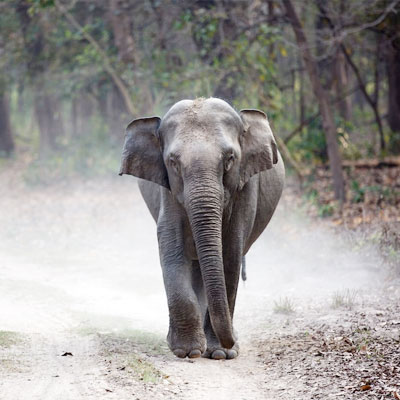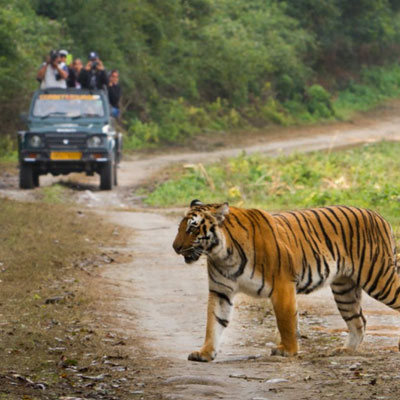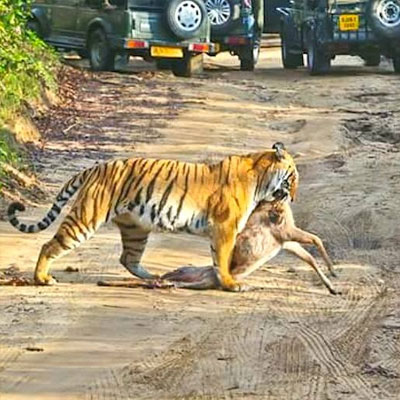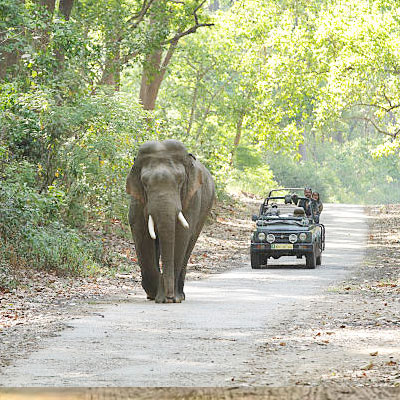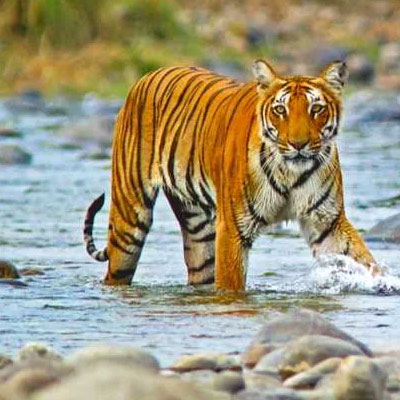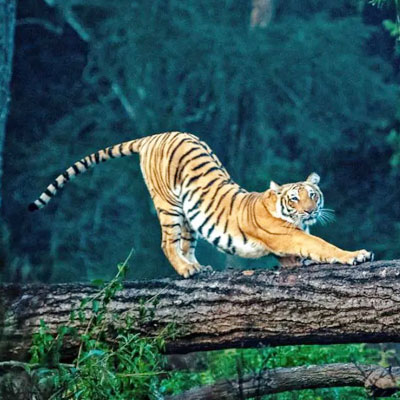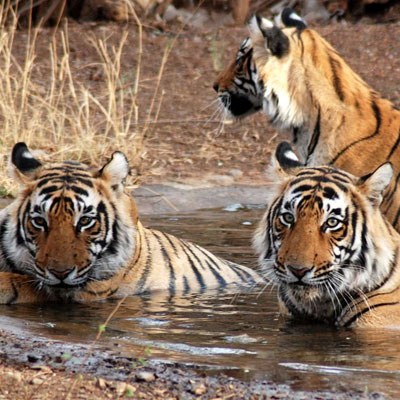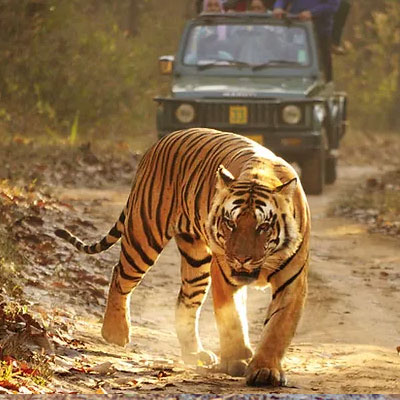
Jhirna Forest Lodge Jim Corbett:
Jhirna Forest Lodge is one of the accommodations available for visitors to Jim Corbett National Park in Uttarakhand, India. The lodge is located in the southern part of the Jim Corbett National Park and offers a unique opportunity for tourists to stay amidst the wilderness of this renowned tiger reserve. Here are some details about Jhirna Forest Lodge:
-
Location: Jhirna Forest Lodge is situated within the Jhirna tourism zone of Jim Corbett National Park. This zone is known for its diverse wildlife and is particularly famous for birdwatching and observing herbivores like deer, wild boars, and elephants.
-
Accommodation: The lodge offers basic and comfortable accommodation facilities, including cottages and dormitories. These accommodations are designed to provide a rustic and immersive jungle experience for visitors.
-
Facilities: While the lodge offers a more basic experience compared to some of the higher-end resorts in the area, it provides essential facilities such as clean rooms, basic amenities, and a dining area for meals. It is essential to check the current facilities and services offered as they may vary over time.
-
Wildlife Safaris: One of the primary reasons tourists choose to stay at Jhirna Forest Lodge is its proximity to the Jhirna tourism zone, which is open year-round for safaris. Visitors can explore the park through jeep safaris or canter safaris to spot wildlife, including tigers, leopards, elephants, and various bird species.
-
Entry Permits: To enter Jim Corbett National Park and stay at Jhirna Forest Lodge, visitors need to obtain the necessary permits and book their safaris in advance. These permits can be obtained through the official website of the forest department or by visiting the park’s administrative offices.
-
Wildlife Viewing: Apart from safaris, visitors can also indulge in wildlife photography, bird watching, and nature walks in and around the lodge. The park is home to a diverse range of flora and fauna, making it an excellent destination for nature enthusiasts.
-
Best Time to Visit: Jim Corbett National Park is open to tourists from October to June, with the best time for wildlife viewing being between November and May. The park remains closed during the monsoon season (July to September).
-
Booking Information: To book a stay at Jhirna Forest Lodge, visitors should contact the official website of the Jim Corbett National Park or the Uttarakhand Forest Department. It’s advisable to make reservations well in advance, especially during the peak tourist season.
The Jhirna Zone of Jim Corbett National Park, located in the state of Uttarakhand, India, is characterized by its unique flora and fauna. This region offers a diverse ecosystem, making it a significant attraction for nature enthusiasts and wildlife lovers. Here’s a brief overview of the flora and fauna found in the Jhirna Zone of Jim Corbett National Park:
Flora (Plants and Trees):
-
Sal Forests: The Jhirna Zone predominantly consists of dense sal forests. Sal trees (Shorea robusta) are the dominant species here and provide a lush green canopy. These trees are deciduous and shed their leaves during the dry season.
-
Mixed Deciduous Forests: In addition to sal, you can find a mix of other tree species, including dhak, semal, haldu, and rohini, among others. These trees create a rich and diverse forest ecosystem.
-
Grasslands: There are grassy meadows and open spaces in the Jhirna Zone, which are ideal for grazing herbivores like deer and elephants. These areas provide a stark contrast to the dense forests.
-
Aquatic Plants: The park has several rivers and streams, and you can find various aquatic plants along their banks.
Fauna (Wildlife):
-
Tigers: Jim Corbett National Park, including the Jhirna Zone, is famous for its Bengal tigers. The park’s tiger population is a significant draw for wildlife enthusiasts and photographers.
-
Leopards: Leopards are also commonly spotted in the Jhirna Zone. They are well-camouflaged in the dense forests.
-
Asian Elephants: The park is home to a sizable population of Asian elephants. They are often seen near water bodies during the dry season.
-
Spotted Deer (Chital): These graceful deer are abundant in the Jhirna Zone and are a favorite prey species for tigers and leopards.
-
Sambar Deer: Another large deer species found in the park, sambar deer are often seen near water sources.
-
Wild Boars: These omnivorous mammals are frequently encountered in the region.
-
Himalayan Black Bears: Though less common than other species, Himalayan black bears are found in the higher elevations of the park.
-
Various Bird Species: Jim Corbett National Park, including the Jhirna Zone, is a haven for birdwatchers. It’s home to numerous bird species, including parakeets, eagles, vultures, and waterfowl.
-
Reptiles: You can find various reptiles, including gharials, crocodiles, turtles, and snakes, in the park’s water bodies.
-
Insects and Butterflies: The park’s diverse vegetation supports a variety of insects, butterflies, and other invertebrates.
-

